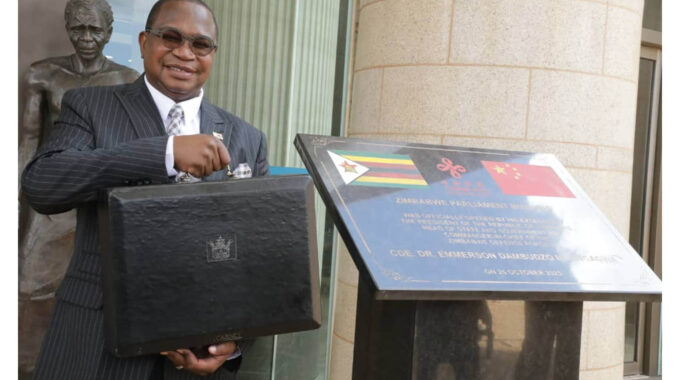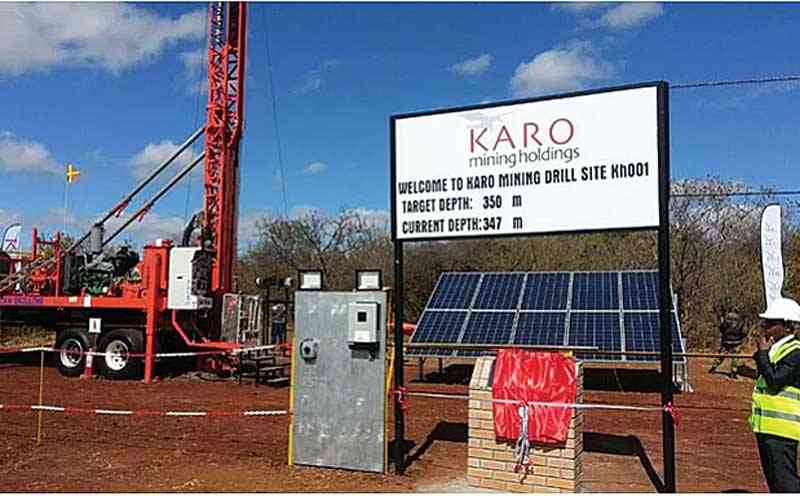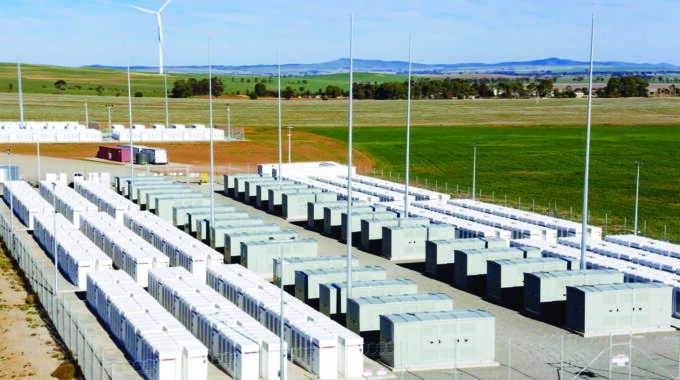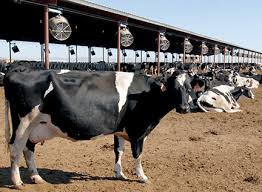Presidential inputs scheme froths 2023 milk production
The dairy industry has witnessed a substantial boost in milk production, marking the third consecutive year of growth as official statistics reveal that milk production surged by an impressive 9 percent in 2023, escalating from 91,4 million litres to a staggering 99,8 million litres.
This surge in production can be attributed to strategic interventions by the Government, particularly the implementation of the Presidential Silage Inputs Scheme.
For more Business news visit businessweekly.co.zw
The scheme was designed to enhance the quality and quantity of livestock feed, and has played a pivotal role in transforming the dairy landscape. The programme provides farmers with subsidised silage inputs, ensuring a consistent and nutritious diet for dairy cows, ultimately contributing to increased milk yields.
The silage production programme also addresses viability challenges emanating from high-feed costs as the dairy sector is saddled by huge overhead costs headlined by stockfeed which accounts for 70 percent of the bill.
Agronomist Dr Misheck Kwaramba expressed optimism about the positive impact of the Government’s intervention.
“The silage inputs scheme has proven to be a game-changer for dairy farmers. By addressing critical factors like animal nutrition, the Government has created an environment conducive to higher milk production. This not only benefits farmers but also strengthens the overall dairy sector,” he stated.
Success of the silage inputs scheme can be merged with the European Union US$7 million funding facility to Zimbabwe which benefited small-to-medium-scale dairy farmers in the form of 500 in-calf heifers in 2021 under the Transforming Zimbabwe’s Dairy Value Chain project.
This has seen the rising number of dairy cows being actively milked across the country. Currently, approximately 35 000 dairy cows are contributing to the increased production levels, showcasing the tangible results of these agricultural initiatives.
The interventions were part of the country’s Livestock Recovery and Growth Plan, with a deliberate effort on increasing the national dairy herd from 19 000 in 2021 to 29 000 in 2022.
Extension service worker Mrs Joyce Gwisai applauded the Government’s commitment to supporting farmers through third-party schemes, saying: “As an extension service worker, I have witnessed first hand the positive outcomes of the silage inputs scheme. It has empowered farmers with the necessary resources to enhance their dairy operations, ultimately leading to higher milk yields. This is a testament to the Government’s dedication to fostering sustainable agricultural practices.”
The nation’s increasing appetite for dairy products, with an annual consumption rate of around 120 million litres, underscores the significance of these developments.
The surge in production not only meets domestic demand but also positions the country as a potential exporter, contributing to economic growth.
Government officials have expressed satisfaction with the positive trajectory of the dairy sector with the Minister of Lands, Agriculture, Fisheries¸ Water and Rural Development, Dr Anxious Masuka in a recent statement, emphasising the importance of continued support for such initiatives.
“The growth in milk production is a clear indication that targeted interventions yield tangible results. We remain committed to fostering a conducive environment for farmers and will explore additional measures to sustain this positive momentum,” he said.
As the dairy industry enters 2024 on a high note, stakeholders are optimistic about the continued success of Government initiatives and third-party schemes.
The collaboration between policymakers, agronomists, and extension service workers has provided success, fostering a resilient and flourishing dairy sector that benefits both farmers and consumers alike.
-herald











